Evidence for Action (E4A) funds research evaluating the population health, wellbeing, and racial equity impacts of programs, policies, and practices. What We're Learning is a repository of media pieces, research articles, presentations, reports, and other materials highlighting E4A supported research and findings. Sort by topic or resource type.

This report provides a rapid analysis of findings from an ongoing process evaluation of the Holistic Empathetic Assistance Response Team (HEART) program, focusing on feedback for the HEART program from the perspective of community members who have interacted with HEART (“neighbors”).
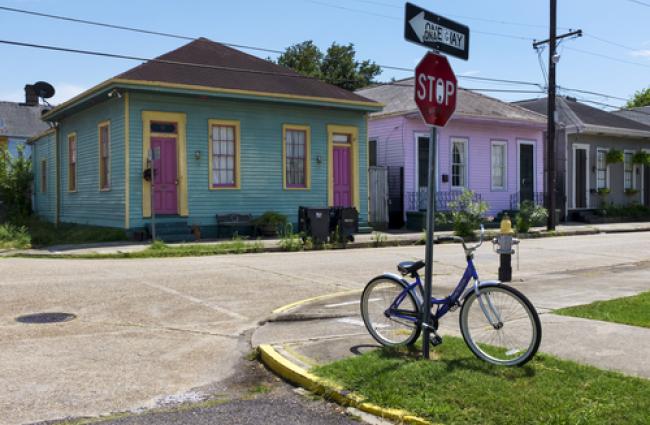
Residents living in areas where property remediation addressed both vacant lots and abandoned homes experienced significant increases in sense of community.

Green space goes hand-in-hand with cardiovascular health, with tree planting as a possible strategy to improve health. Research shows that areas with more plants and trees (greenness) are associated with lower incidence of cardiovascular disease.

Detailing the benefits of people paying utilities or traffic violation collection through segmented pricing, or payment pricing based on the customer's ability to pay, for improved equity

The research team discovered that living in greener, more walkable neighborhoods is associated with lower incidence of Alzheimer's Disease.
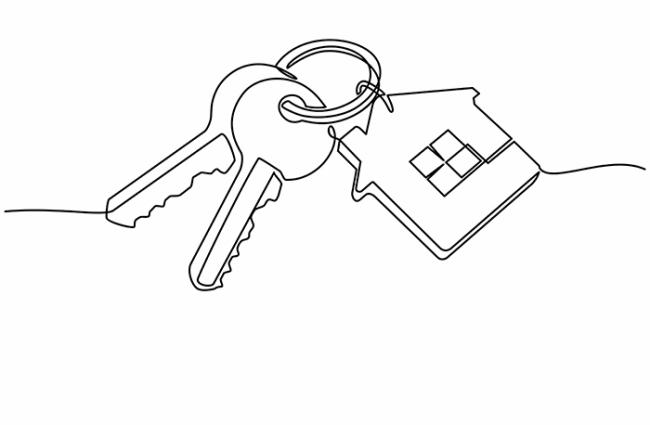


Growing evidence indicates that policy around policing needs to focus on the relationship between frequent police interactions and health and violence outcomes.
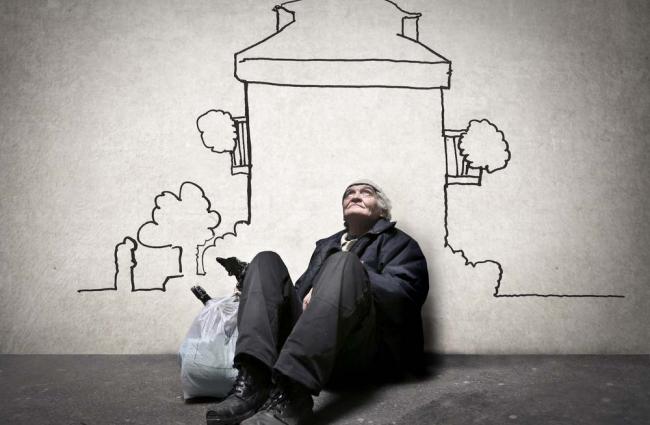
Housing First, a supportive housing program, increased office-based care for psychiatric diagnoses, decreased emergency department visits, and increased access to prescription medication.
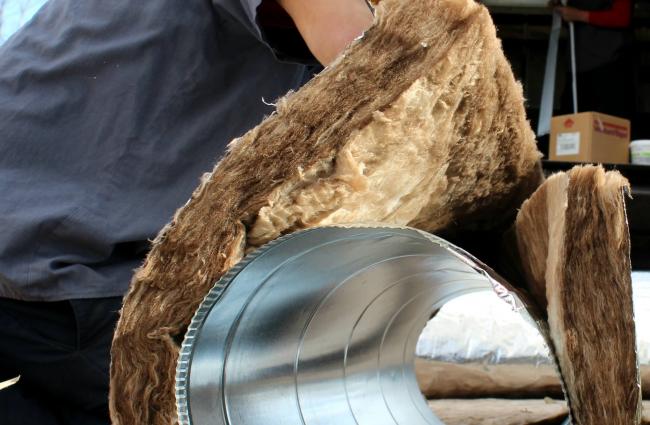
Weatherization improves self-reported health and saves families money.
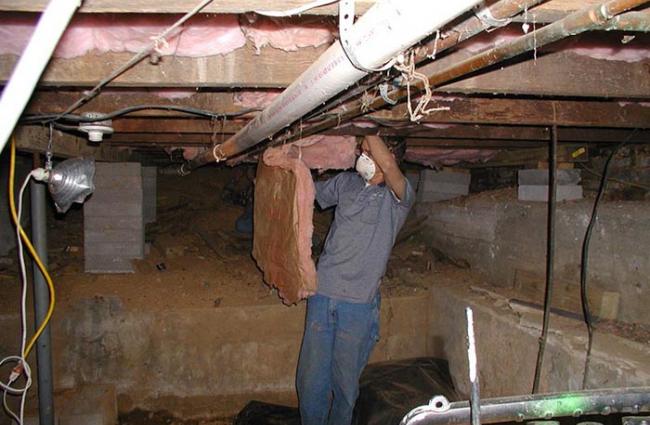
Weatherization programs could be improved by expanding eligibility for inclusion beyond income and by collaborating with the healthcare and public health sectors to identify those households most in need of their services.

Community collective efficacy, or a community’s ability to mobilize and realize shared goals, has been linked to positive health outcomes, lower crime and violence, and residents’ emotional connection to their community.